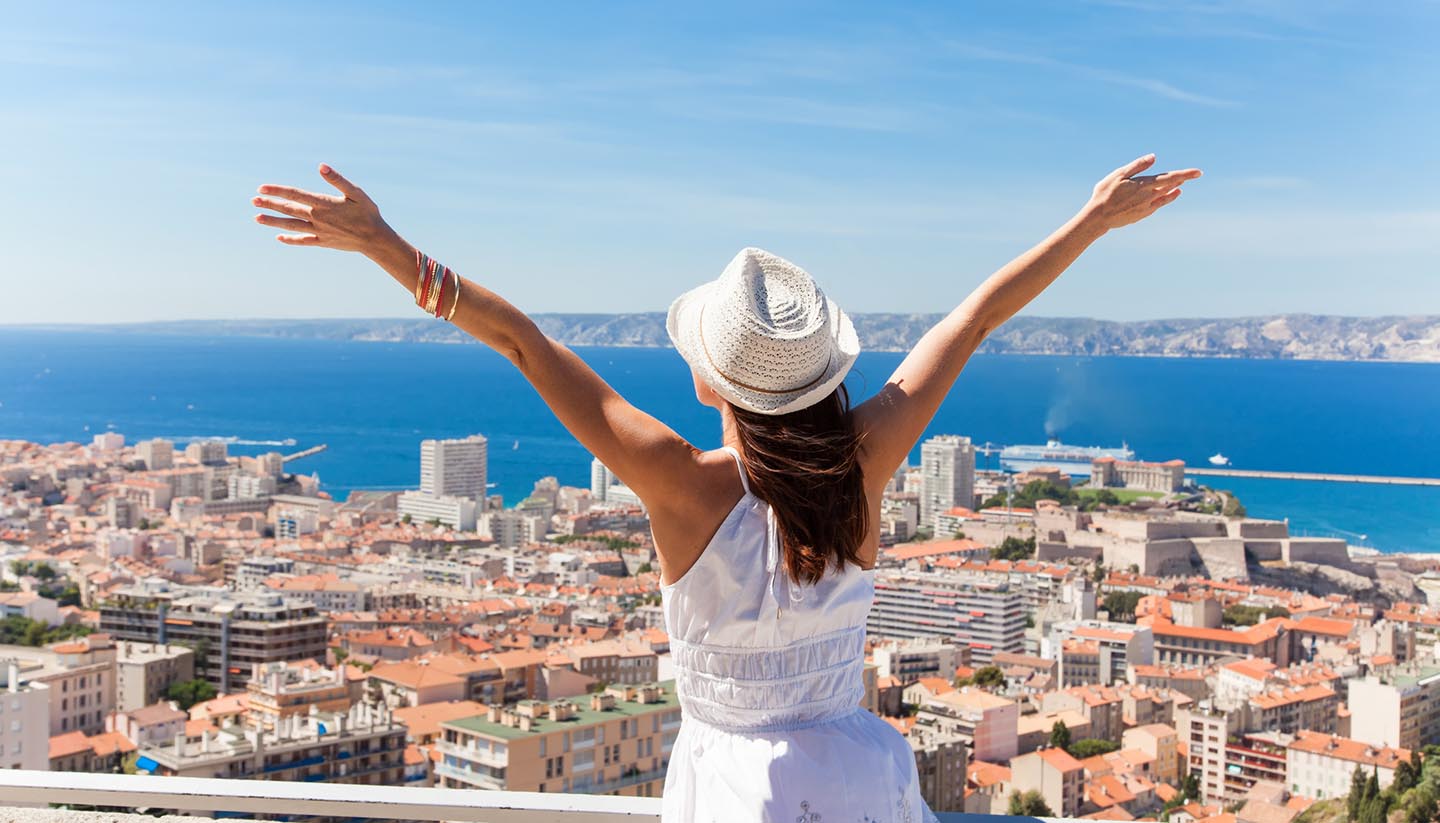Marseille Travel Guide
About Marseille
Built on multiculturalism, revolution and a Mediterranean climate, Marseille is one of Europe’s most intriguing metropolises.
Backdropped by the white limestone cliffs of the Calanques, its serene setting is at odds with the Arabic-style backstreets of the city centre and the boisterous bartering at the fish market.
The hub of Marseille is the Vieux-Port, a harbour with some 2,600 years of history, while adjacent neighbourhoods such as Le Panier and Belsunce still offer up warrens of washing-webbed lanes, perfect for exploring on foot or by bike.
The tree-lined central avenue of La Canebière crackles with activity day and night, while a short ferry ride offshore reveals Marseille’s other face – the Iles du Frioul, a rocky archipelago perfect for walkers and bird-spotters.
There are some hugely diverting museums and cultural sites back in the city centre, but a major part of Marseille’s draw is that it doesn’t cater solely for highbrow visitors.
If the notion of settling down on a busy café terrace and watching the world go by over a glass of wine sounds appealing, you’ll be well served. For every dose of postcard classicism there’s a splash of something funkier – a 20ft-tall (6m) metal giraffe here, a 15-strong band of buskers there.
Nevertheless, you don’t have to look far for classical architecture, whether its the Puget brothers designed La Vieille Charité (a 17th century almshouse that now houses the archaeological museum) or the crenelated towers of the Abbaye de St Victor, which conceal 5th century catacombs.
That this side of the city is so often overlooked is in part due to its historical significance as a major port and as the gateway to France’s former colony Algeria, both of which have combined to make the city extraordinarily cosmopolitan.
Today, the city’s unrivalled music and fashion industries add a dynamic flavour to the multi-ethnic mix that is layered over what is at heart, a truly French city.


